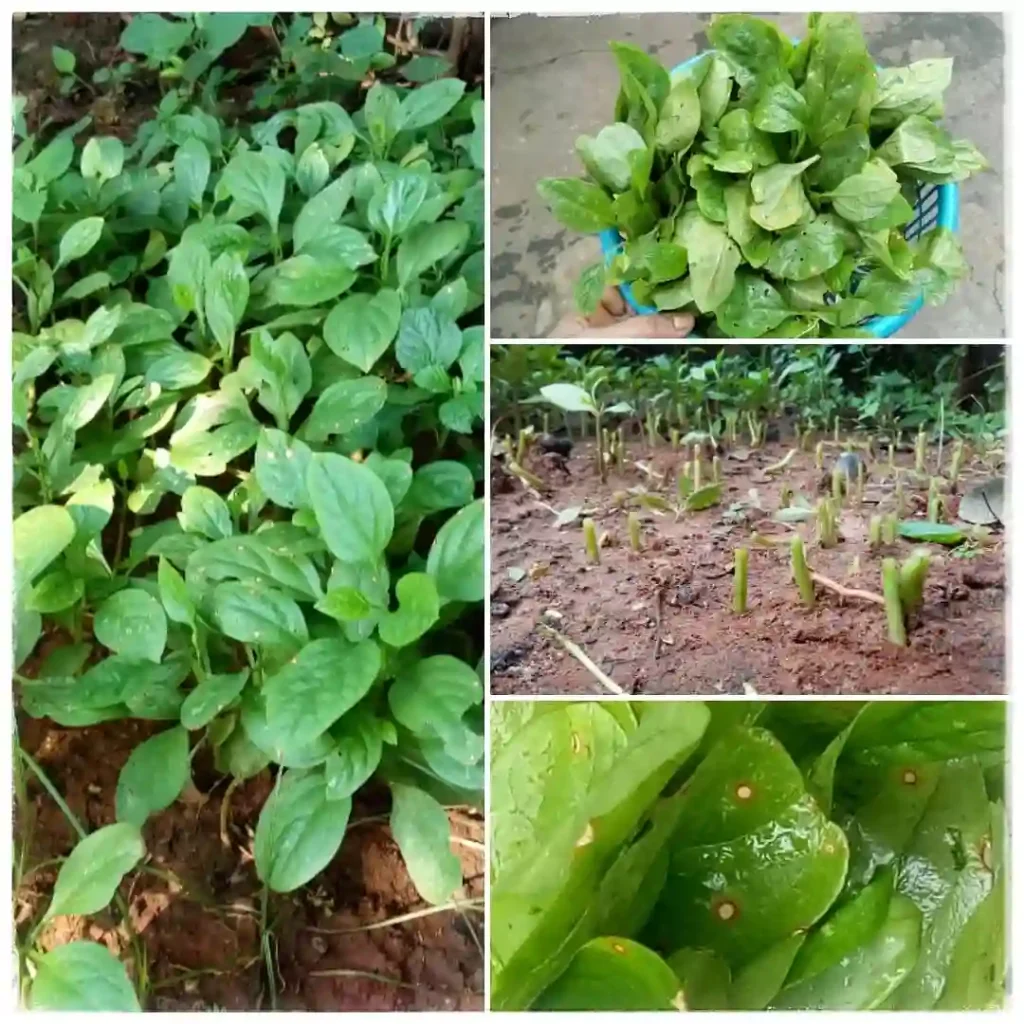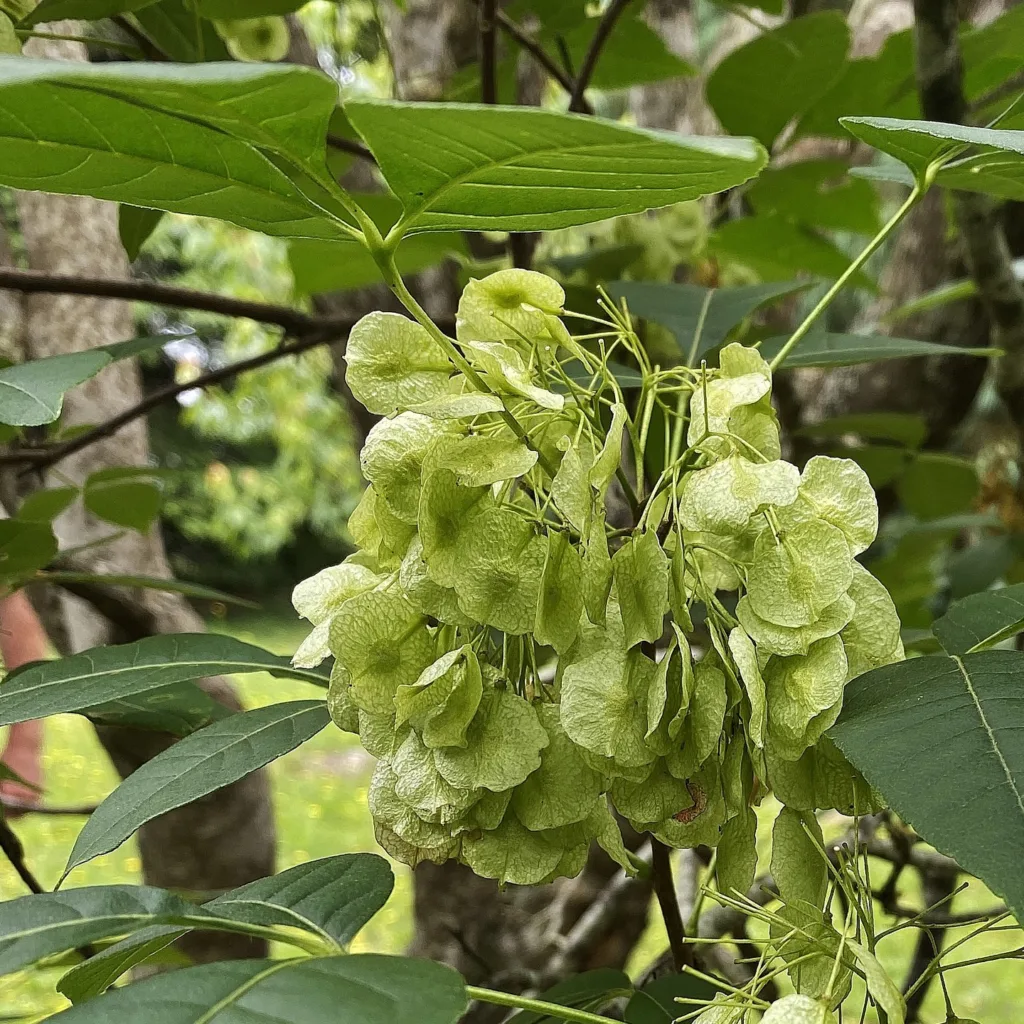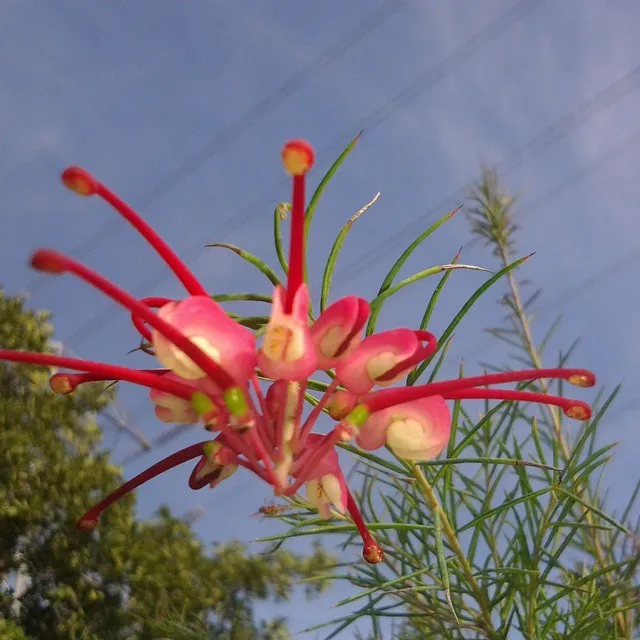
Understanding Mugo Pine: Your Frequently Asked Questions
When it comes to evergreen shrubs that are both resilient and versatile, the Mugo Pine is a top choice. In my gardening journey, I’ve found this hardy plant to be an excellent addition to various landscapes. Whether you’re contemplating adding a Mugo Pine to your garden or already have one, you might have a lot of questions. Let’s dive into the most frequently asked questions about this unique plant.
139 Species in Genus Pinus
What Is a Mugo Pine?
Mugo Pine, also known as Pinus Mugo, is a small, bushy evergreen tree native to the mountains of Central and Southern Europe. It’s cherished for its compact size, attractive evergreen needles, and rugged nature. Mugo Pines are excellent for small gardens and can serve as a versatile landscaping tool.
How to Plant a Mugo Pine?
Planting a Mugo Pine is straightforward. First, choose a location with well-draining soil. While Mugo Pines are adaptable, they thrive in full sun to partial shade. Dig a hole twice as wide as the root ball and just as deep. Place the tree in the hole, ensuring that the top of the root ball is level with the surrounding soil. Backfill with soil and water thoroughly. Mulching around the base can help retain moisture and suppress weeds.
How to Care for Mugo Pine?
Caring for a Mugo Pine is relatively simple. Regular watering during dry periods is essential, but be careful not to overwater as this can lead to root rot. Mugo Pines don’t need frequent fertilization; an annual application of a balanced fertilizer in early spring should suffice. Pruning can help maintain shape and remove any dead or diseased branches.
How to Prune Mugo Pine?
Pruning a Mugo Pine is key to maintaining its compact form and health. I usually prune in late spring or early summer after new growth has emerged. To prune, remove any dead or diseased branches and trim back the tips of the new growth to encourage a denser, more compact shape. Avoid heavy pruning, as Mugo Pines have a slow recovery rate.
How to Cut Back a Mugo Pine?
Cutting back a Mugo Pine involves trimming the new growth to maintain its shape and size. I typically cut back about one-third of the new growth each year. This helps the plant stay dense and compact. Be sure to use sharp, clean tools to make precise cuts and avoid damaging the plant.
When to Prune Mugo Pine?
The best time to prune Mugo Pine is in late spring or early summer, after the new growth has started to emerge. Pruning during this period allows the plant to recover and fill out before the colder months.
Are Mugo Pines Deer Resistant?
Yes, Mugo Pines are generally deer-resistant. Their needles are not particularly palatable to deer, making them a great choice if you have a deer problem in your garden.
Do Mugo Pines Have Deep Roots?
Mugo Pines have relatively shallow root systems compared to some other trees. This makes them ideal for areas with less deep soil. However, their root systems can still anchor the plant well and access nutrients efficiently.
Do Mugo Pines Need Full Sun?
Mugo Pines prefer full sun to partial shade. They thrive in bright, sunny locations but can tolerate some shade, especially in hotter climates.
How Big Do Mugo Pines Get?
Mugo Pines are typically compact, growing to a height of 3 to 10 feet and a width of 4 to 12 feet, depending on the variety. Their size makes them suitable for small gardens and landscapes.
How Fast Do Mugo Pines Grow?
Mugo Pines are slow to moderate growers. On average, they grow about 2 to 6 inches per year. Their slow growth rate contributes to their ability to maintain a compact form, which is one of their appealing features.
How Long Do Mugo Pines Live?
Mugo Pines can live for several decades. With proper care, they can live 30 to 50 years, making them a long-lasting addition to your garden.
Why Is My Mugo Pine Turning Brown?
If your Mugo Pine is turning brown, it could be due to several factors. Common reasons include overwatering, poor drainage, or a fungal infection. Check the soil moisture and ensure that the plant isn’t sitting in waterlogged soil. If you suspect a fungal issue, treating with an appropriate fungicide might be necessary.
How to Propagate Mugo Pine?
Propagating Mugo Pine is typically done through seeds or cuttings. Collect seeds in late summer or early fall and sow them in a well-draining potting mix. If using cuttings, take them in late summer, dip them in rooting hormone, and plant them in a moist, sandy mix.
What to Plant with Mugo Pine?
Mugo Pines pair well with other low-growing evergreens like dwarf junipers, ornamental grasses, and ground covers. They also complement flowering shrubs and perennials, adding year-round interest to your garden.
Is Mugo Pine Toxic?
No, Mugo Pines are not toxic to humans or pets. However, ingestion of large quantities of pine needles can cause mild digestive upset.
Benefits of Mugo Pine
Mugo Pines are highly valued for their compact size, evergreen foliage, and low maintenance requirements. They provide year-round greenery, are deer-resistant, and can be used in a variety of landscape designs.
Common Problems with Mugo Pine
Besides browning needles, other common problems include pest infestations and fungal diseases. Regular inspection and proper care can help mitigate these issues.
Mugo Pines are a versatile and resilient choice for many gardens. By understanding their needs and characteristics, you can ensure they thrive and enhance your landscape for years to come.
If i die, water my plants!



